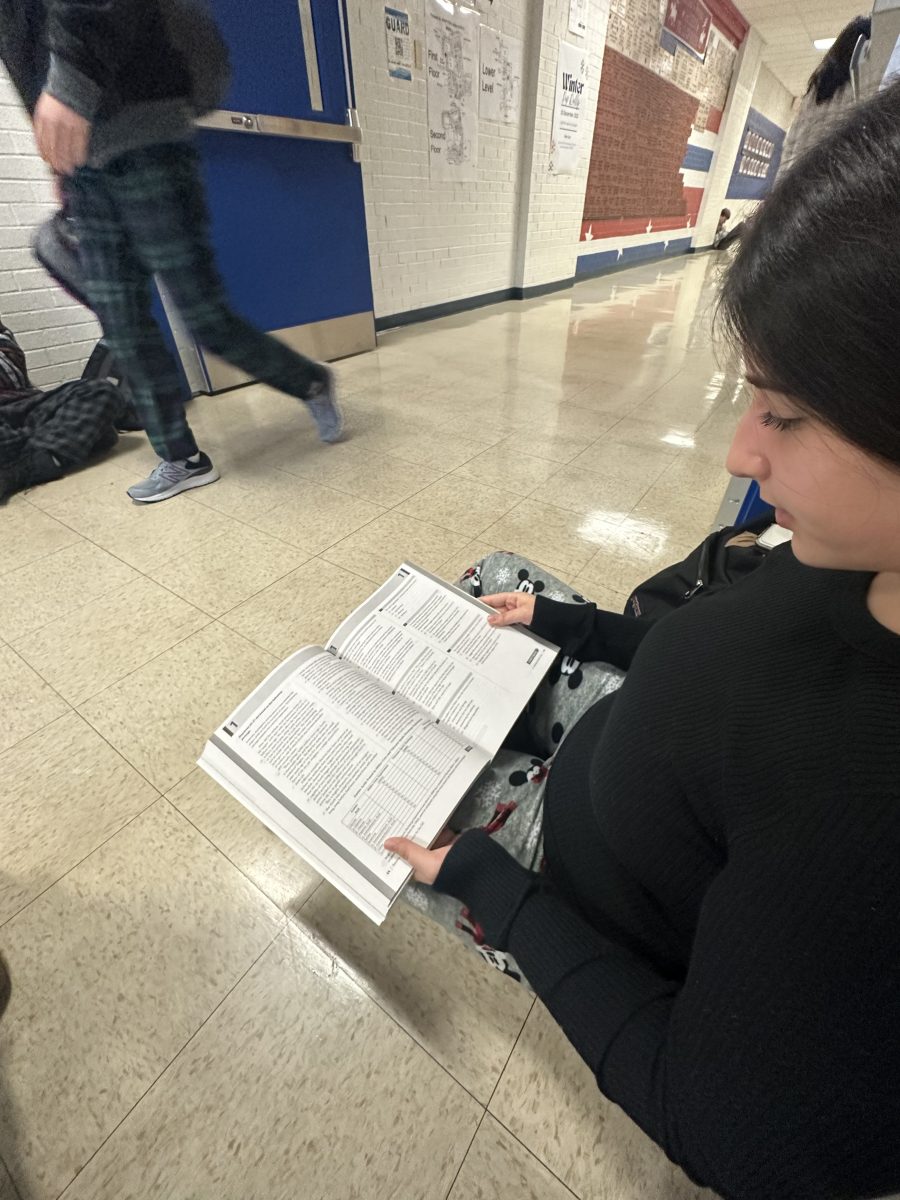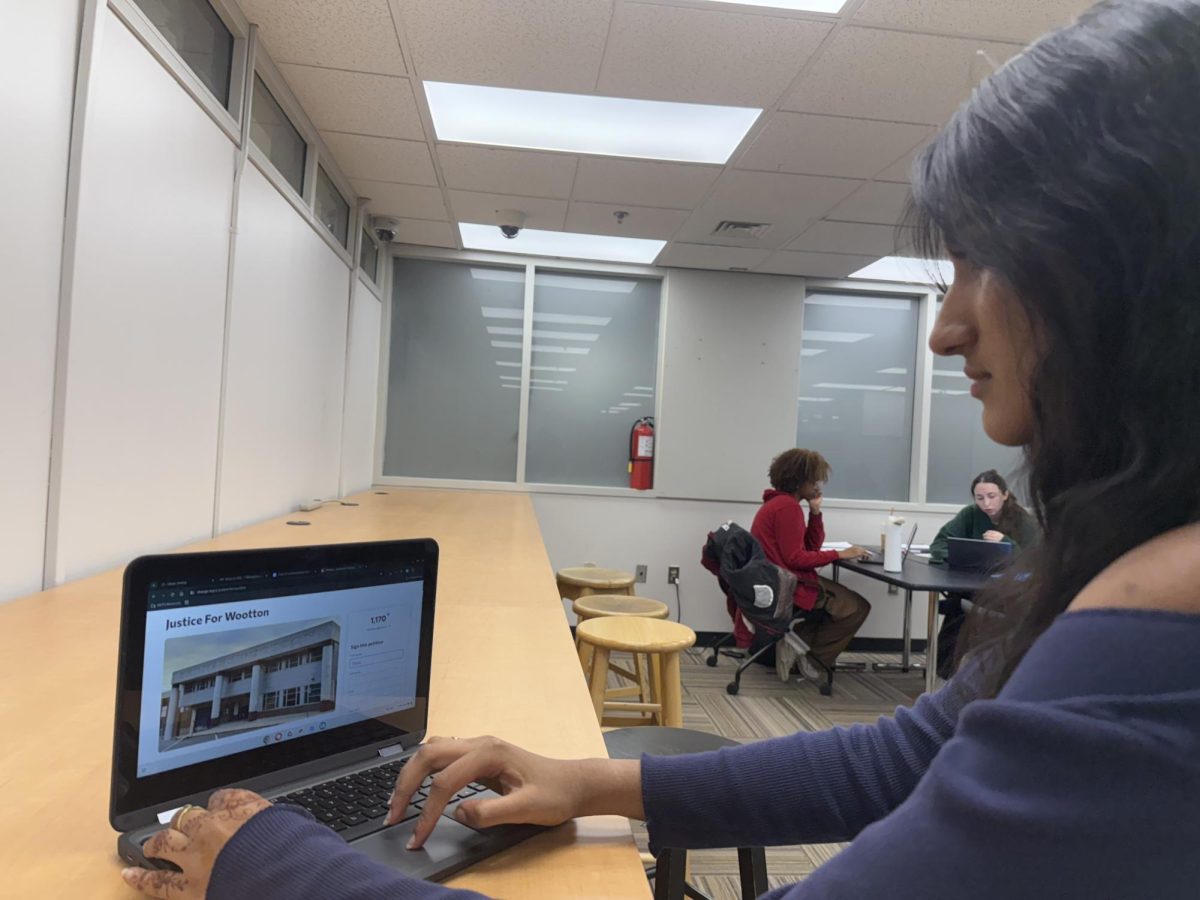After the final test of this year on Dec. 2, the College Board has made the SAT digital, causing students to cram in their final paper attempt before the end of the year.
The digital SAT is shorter, going from three hours and 15 minutes to two hours and 14 minutes. This new version is scaled almost like MAP testing; your answers to the previous questions determine your score more than the rest because the questions are made easier or harder depending on your answers to those first few questions. “The digital version gives built-in tools and makes the exam quicker, so there are definitely pros and cons. The exam has an adaptive module, which makes the first section of the math and English sections important to getting a good score,” junior Ojas Tare said.
There are some more useful features to having the test digital. The reading section and writing section are the same time (32 minutes each) with the reading section being broken into bits in pieces instead of long passages. The math sections are the same time as well (35 minutes), and tools like a calculator are built into the testing. Because of this students feel the dynamic of the test will change, “I think the reading section will be easier but the math will be harder for this new section,” junior Jai Mohale said.
Another downside to the adaptive module is the scoring. Since so much of the test is dependent on a student’s ability to answer the first questions correctly, the likelihood of a bad score is much higher. But, with the new reading section, the timing aspect will be more manageable so there is some balance. “I think the adaptive module will overall lower scores, but the timing will overall be better cuz we won’t burn out as fast,” said Tare.
Despite the dynamic changes, some factors seem beneficial to students. “I think it’s good that the program lets us cycle through questions quicker, and allows us to have a calculator throughout the whole test,” Tare said.
While this version is shorter, the idea of taking the exam is not everyone’s cup of tea. This has caused many students to rush and take paper tests on purpose. “I don’t like the digital version. I specifically wanted to only have to take the SAT once to get higher than 1550 in the summer one because I didn’t want to study during the school year, and it worked. Plus I do worse on digital tests,” junior Saanvi Gadila said.
All in all, students find that the digital version of the SAT has its perks, but not enough to justify removing the paper version of the test entirely. “I won’t take the digital SAT because I don’t have to, but I think it is dumb and I don’t know why the paper test is being taken away,” senior Noah Parker said.








